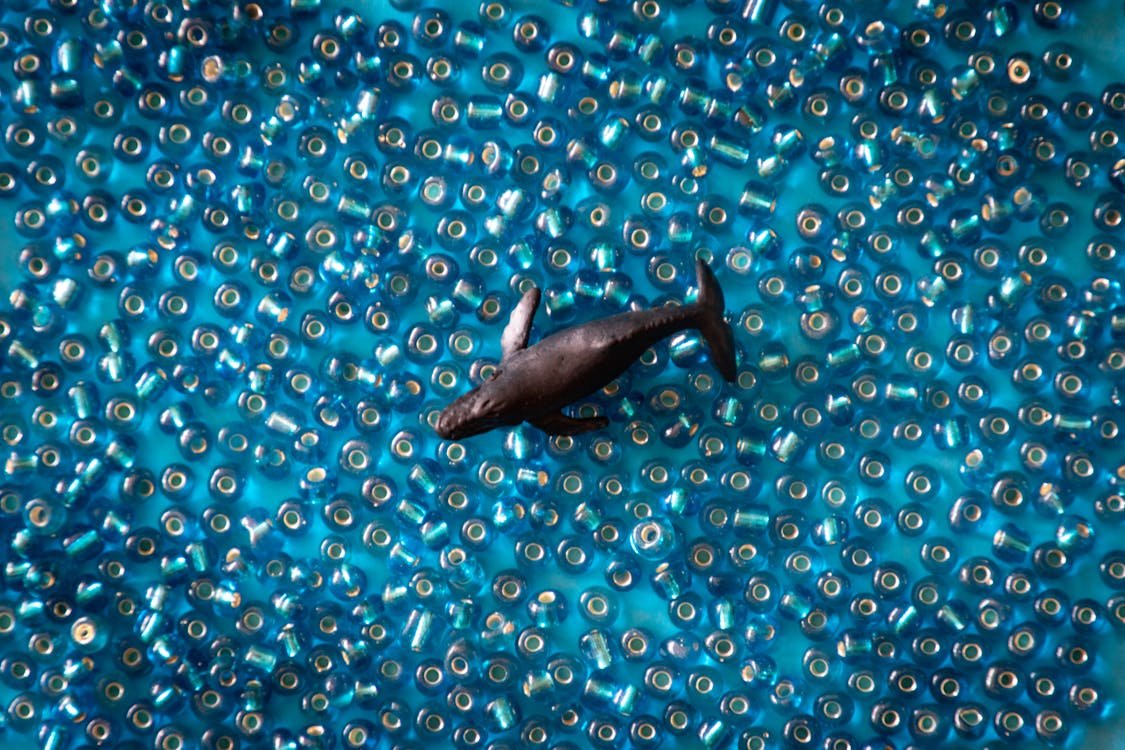Whales, the majestic giants of the ocean, are essential to the health of marine ecosystems. However, like many species, they are increasingly threatened by the effects of climate change. Rising ocean temperatures, shifting food sources, ocean acidification, and habitat loss are disrupting the delicate balance whales depend on to survive. Understanding how climate change is impacting whale populations worldwide reveals a complex and urgent conservation issue that demands attention.
1. Rising Ocean Temperatures
The most immediate effect of climate change on whale populations is the warming of the oceans. As sea temperatures rise, the distribution of marine species, including krill and small fish—the primary food sources for many whale species—changes. Whales like the blue whale, which depend heavily on krill, are being forced to adapt to these shifting food resources. For example, krill are moving to cooler waters, meaning whales must migrate further or face starvation.
The Arctic is warming almost four times faster than the global average, and whales that rely on polar environments, such as the bowhead whale, are particularly at risk. Changes in sea ice coverage and water temperatures are altering their migration routes, breeding cycles, and feeding grounds, threatening their long-term survival.
2. Ocean Acidification
Another consequence of climate change, ocean acidification, is occurring as the ocean absorbs more carbon dioxide (CO2) from the atmosphere. This process decreases the pH of seawater, harming marine organisms that are vital to whale diets. Shell-forming organisms like plankton and mollusks are particularly sensitive to increased acidity. As their populations decline, whales that feed on these creatures, such as the gray whale, are likely to face food shortages, leading to lower reproductive rates and population declines.
3. Changes in Migration Patterns
Whale migration patterns, finely tuned over millennia, are being disrupted by climate change. Whales typically migrate between feeding grounds in cooler waters and breeding grounds in warmer regions. However, with rising temperatures and changing sea ice conditions, these migration routes are shifting. For example, humpback whales that usually feed in the North Atlantic may now need to travel further north or to different regions to find sufficient food.
This shift in migration not only affects feeding but also has broader implications. As whales move into unfamiliar waters, they may encounter new predators, human activities like shipping and fishing, or be exposed to pollutants. Such factors heighten the risks for whales, increasing incidents of ship strikes, entanglement in fishing gear, and exposure to noise pollution, all of which compound the pressures on their populations.
4. Impact on Reproduction and Calving
The disruption of feeding and migration patterns also affects whale reproduction. Whales need sufficient energy reserves to undertake long migrations and produce calves. When food becomes scarcer, or they must travel further to find it, whales may struggle to accumulate the fat reserves needed for reproduction. Some species, like the endangered North Atlantic right whale, are already showing declining birth rates, partly due to the effects of climate change on their feeding grounds.
Moreover, as whales seek new breeding grounds in response to warming oceans, they may face challenges in finding suitable habitats. Warmer waters could also lead to changes in the timing of reproduction, potentially disrupting the synchronization of breeding cycles with environmental cues that ensure the best chance of survival for their offspring.
5. Loss of Habitat
The polar regions are experiencing some of the most profound changes due to climate change, resulting in the loss of critical whale habitats. Species like the narwhal and beluga whale, which are highly dependent on Arctic environments, are seeing their sea ice habitats rapidly disappear. Melting ice exposes these whales to new threats, such as increased human activity in the Arctic, including shipping and oil exploration, which can disrupt their natural behaviors and lead to greater instances of noise pollution, ship strikes, and habitat degradation.
In addition, the loss of sea ice affects the entire Arctic food web, from plankton to the fish that many whales depend on. As ecosystems change, whales are left with fewer resources, threatening their ability to thrive in these altered environments.
6. Increased Vulnerability to Human Activities
Climate change exacerbates the vulnerability of whales to human activities. As whales adjust their migration routes and feeding patterns, they may find themselves in closer proximity to areas with heavy shipping traffic, fishing, and other human activities. The combination of these factors increases the likelihood of ship strikes, entanglement in fishing gear, and noise pollution from sonar and other industrial activities.
Moreover, as warming oceans open up new areas for oil exploration and commercial shipping, particularly in the Arctic, whales are increasingly exposed to these industrial threats. Noise pollution is especially harmful, as it interferes with the echolocation whales use to navigate, find food, and communicate. Over time, these stressors weaken whale populations, making it harder for them to recover from other challenges posed by climate change.
7. Conservation Efforts and the Road Ahead
While the impact of climate change on whales is alarming, efforts are underway to mitigate these threats. International organizations, marine conservation groups, and governments are working to create marine protected areas (MPAs) that can offer whales safe havens from human activities. These MPAs, especially in key feeding and breeding grounds, can help ensure that whales have access to the resources they need to survive.
Additionally, global efforts to reduce carbon emissions and limit the extent of climate change are critical for the future of whale populations. By addressing the root causes of climate change, we can help protect the oceans and the species that depend on them.
However, time is of the essence. With each passing year, the effects of climate change become more pronounced, and whale populations face mounting threats. A coordinated global response is essential to safeguard these magnificent creatures and ensure they continue to play their crucial role in the health of our oceans.
Conclusion
Whales are not only iconic species; they are also key to maintaining the health of marine ecosystems. As climate change intensifies, the survival of whale populations worldwide is increasingly at risk. From shifting food supplies to habitat loss and migration disruption, the challenges are vast and complex. Addressing these impacts will require bold and immediate actions, including both global conservation efforts and large-scale initiatives to combat climate change. If successful, these efforts could help secure a future where whales and the marine ecosystems they support continue to thrive for generations to come.

